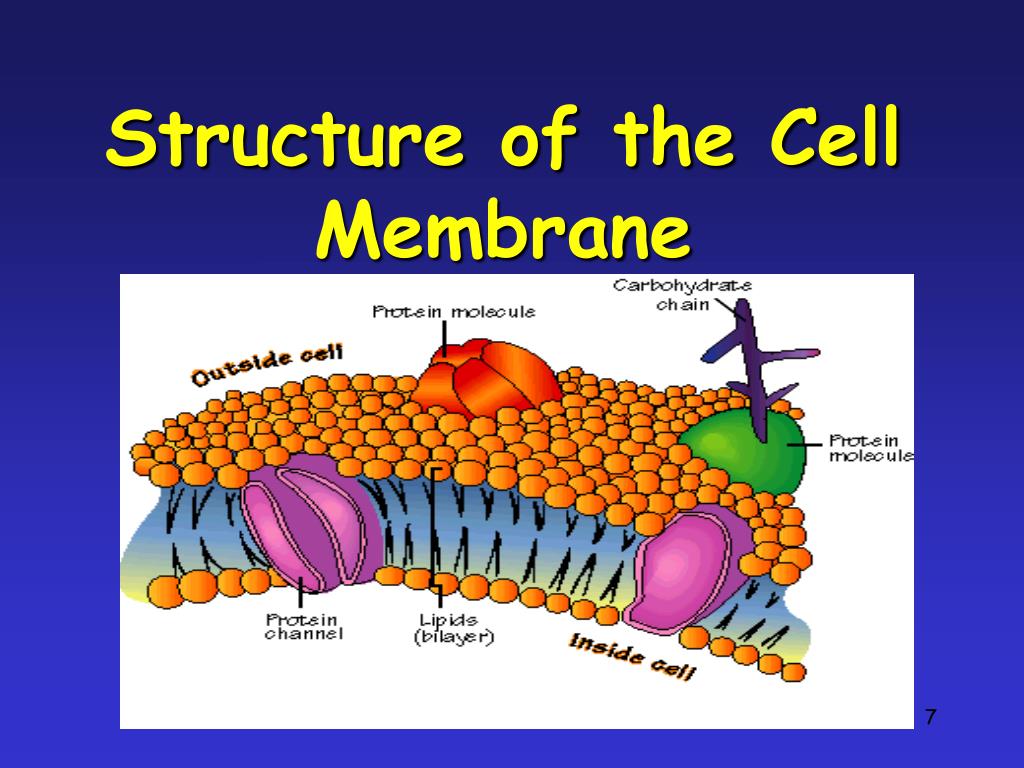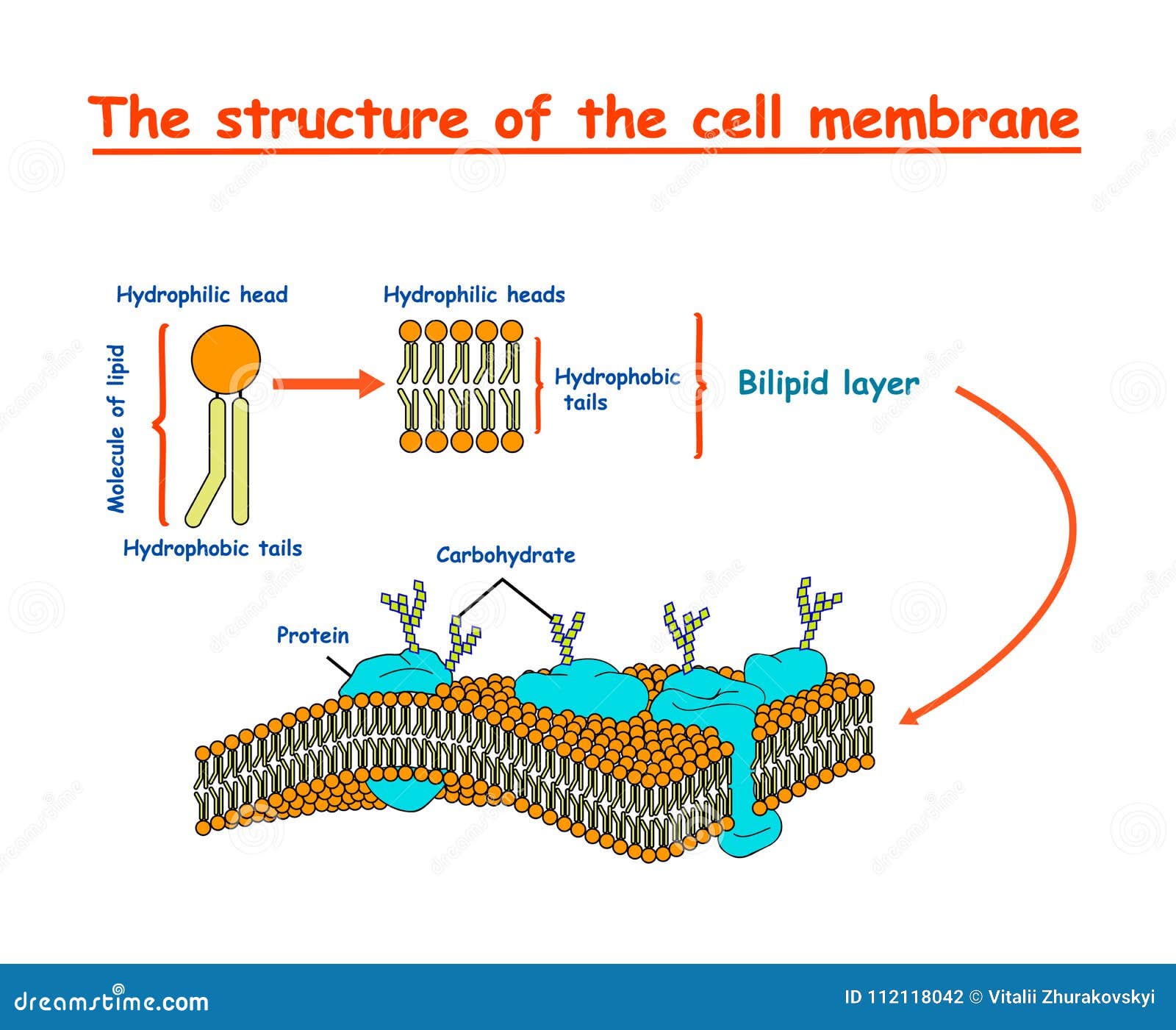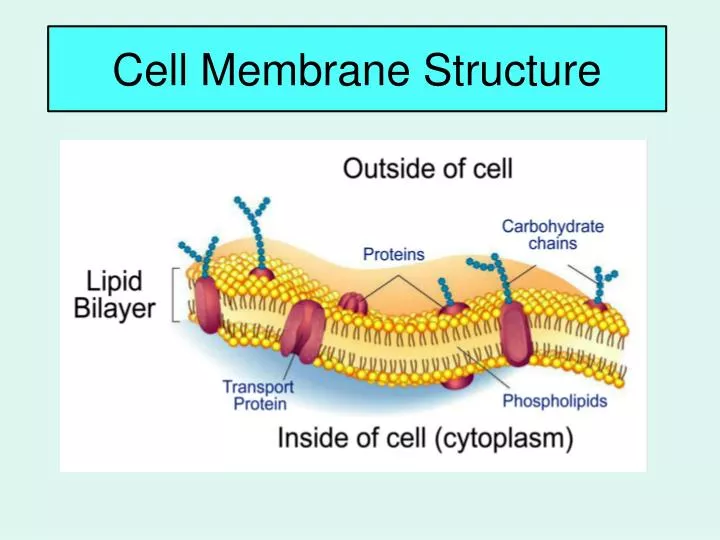
These phospholipids are asymmetrically distributed between the two halves of the membrane bilayer ( Figure 12.2). David Robertson, Duke University Medical Center.)Īs discussed in Chapter 2, the plasma membranes of animal cells contain four major phospholipids ( phosphatidylcholine, phosphatidylethanolamine, phosphatidylserine, and sphingomyelin), which together account for more than half of the lipid in most membranes. Note the railroad track appearance of the plasma membrane. Electron micrograph of a human red blood cell. These dense lines are separated by the lightly stained interior portion of the membrane, which contains the hydrophobic fatty acid chains.īilayer structure of the plasma membrane.

This image results from the binding of the electron-dense heavy metals used as stains in transmission electron microscopy (see Chapter 1) to the polar head groups of the phospholipids, which therefore appear as dark lines. The plasma membrane appears as two dense lines separated by an intervening space-a morphology frequently referred to as a “railroad track” appearance.

The bilayer structure of the erythrocyte plasma membrane is clearly evident in high-magnification electron micrographs ( Figure 12.1).

The surface area of the lipid monolayer turned out to be twice that occupied by the erythrocyte plasma membranes, leading to the conclusion that the membranes consisted of lipid bilayers rather than monolayers. They then determined the surface area occupied by a monolayer of the extracted lipid spread out at an air-water interface. Grendel) extracted the membrane lipids from a known number of red blood cells, corresponding to a known surface area of plasma membrane. Indeed, studies of the red blood cell plasma membrane provided the first evidence that biological membranes consist of lipid bilayers. Mammalian red blood cells do not contain nuclei or internal membranes, so they represent a source from which pure plasma membranes can be easily isolated for biochemical analysis.

The plasma membranes of mammalian red blood cells ( erythrocytes) have been particularly useful as a model for studies of membrane structure. The plasma membrane is the most thoroughly studied of all cell membranes, and it is largely through investigations of the plasma membrane that our current concepts of membrane structure have evolved.


 0 kommentar(er)
0 kommentar(er)
